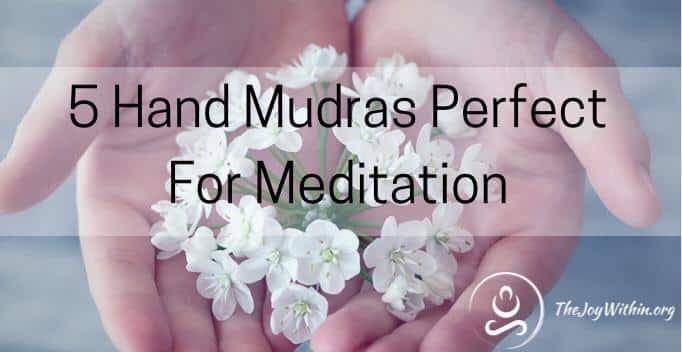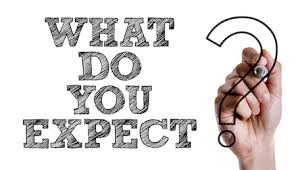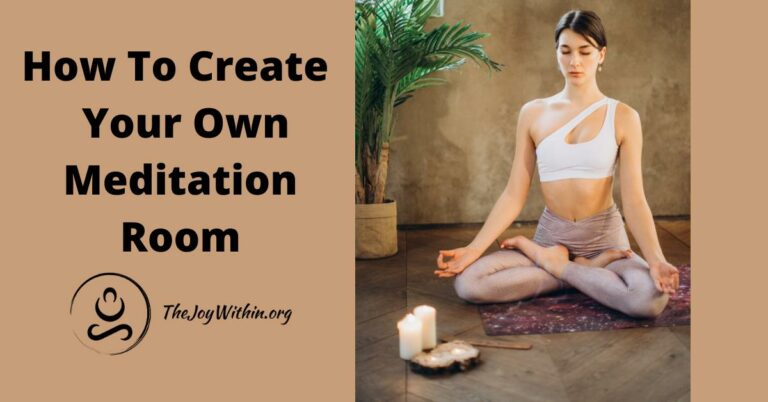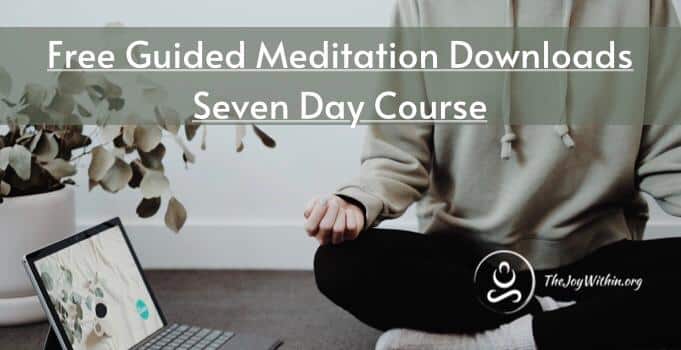Mudras are a specific position of the body often only involving the hands or fingers. They are used ritualistically and symbolically to channel the body’s energy flow. What we are covering in this article will be all hand mudras.
5 Types of Mudras With Pictures
Ready to bring mudras into your meditation practice? We will demonstrate different types of mudras with pictures below. These are all hand mudras and will be easy to access in sitting meditation postures.
1. Gyan
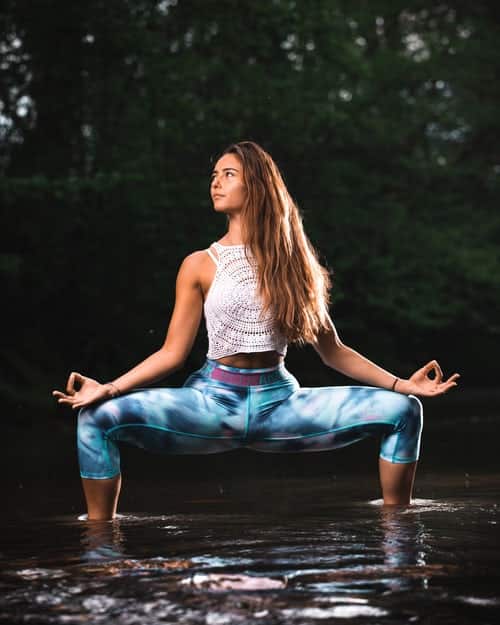
As you see above this mudra can also be used throughout your yoga practice especially in the goddess pose demonstrated above. It is one of the most popular mudras used in meditation to deepen concentration and expand your awareness.
Bring index finger and thumb to touch while leaving the remaining three fingers straight. When you are distracted the index and thumb begin to separate which will help anchor you onto cultivating wisdom on a certain topic or simply maintain present focus awareness.
2. Dhyana

In Sanskrit Dhyana means meditation, making this mudra one of the perfect mudras for meditation. Ancient yogis used this mudra before it was brought into the Buddhist tradition although the Buddha is often depicted performing this mantra.
This mudra works for deep self-reflection and concentration. To find it, place the left hand in your lap with the palm up, then rest the back of the right hand in it and touch your thumbs together.
3. Apana
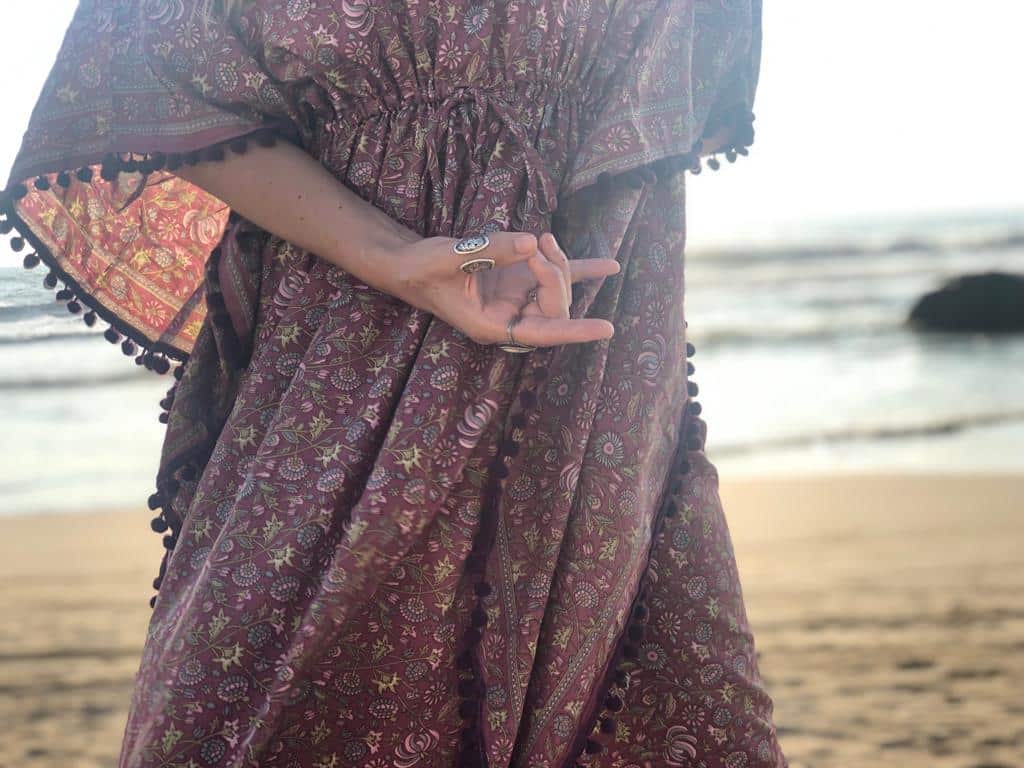
In yoga, Apana is the downward moving energy flow that is responsible for guiding our release, elimination, and goes along with the exhale of our breath.
Bring the thumb to meet the middle and ring fingers while keeping the index and pinky fingers extended. This mudra can assist this guided meditation to let go and amplify the effects of it.
4. Prana
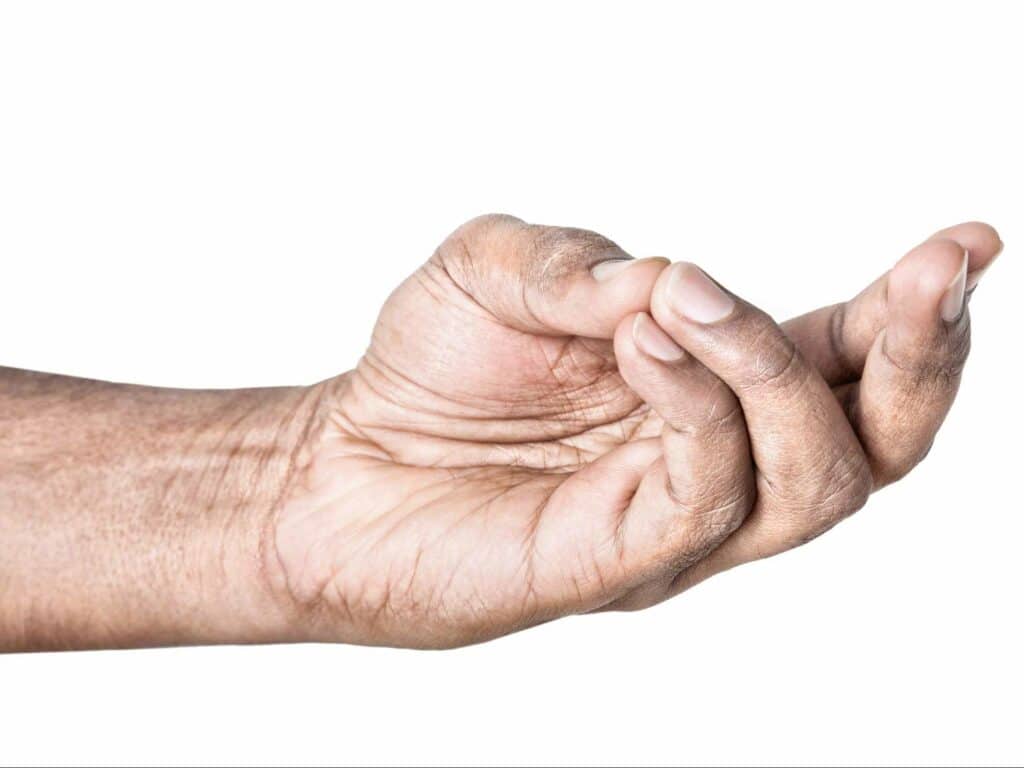
The Prana mudra activates the inactive or dormant energy within your body, this removes blockages, clears stagnation, and will encourage fresh new prana to flood the body. This can be used with pranayama techniques that work to extend the breath as well as the life force energy, or prana within you.
To perform this mudra bring the ring and pinky finger to meet the thumb. Extend both the index and middle finger long. It is preferred to perform this mudra in a quiet space where you can focus your attention inwards.
5. Karana mudra
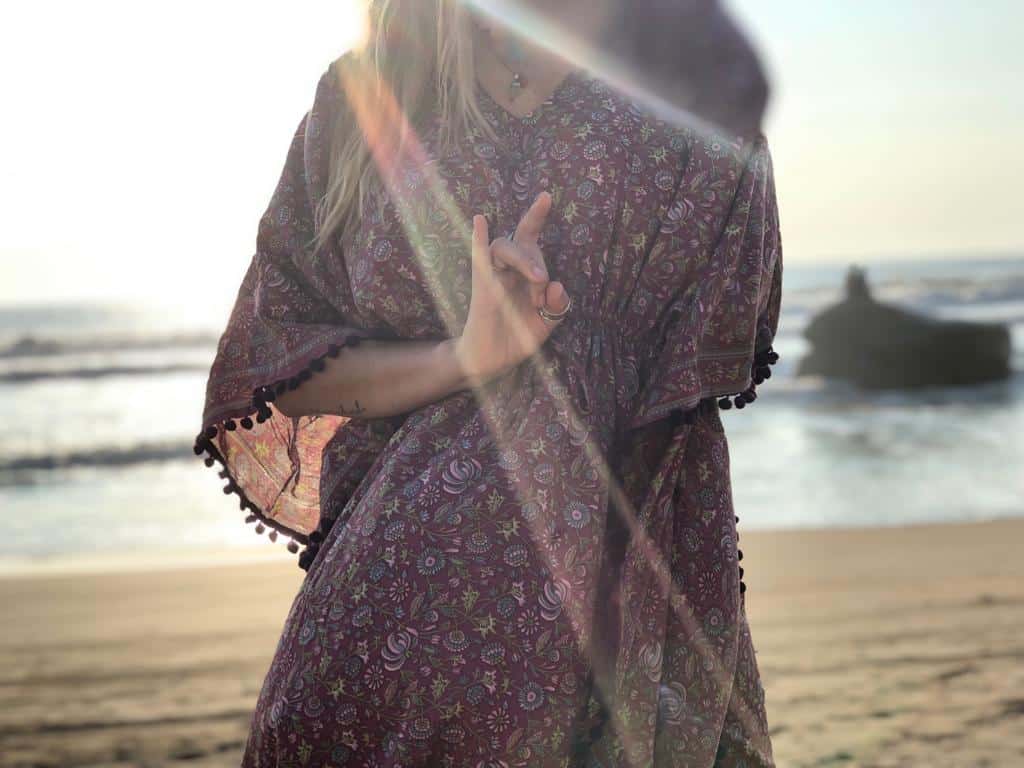
This mudra is used to dissolve fear and remove blockages. Ultimately it is used to dispel negative energy. It can be used to clear the energy of a space, set up sacred space before the ceremony, or remove negative energy from your aura.
The Buddha is also often depicted performing this mudra. For Fengshui place the statue or use this mudra in places of the home where there is dense or negative energy and not at your front door.
To perform this mudra lift the left hand to your heart with the palm facing away from you. Bring the ring and middle finger to touch the inside of your palm. Then the thumb will come to touch the top of the middle finger only and not the ring finger.
What You Should Know About All Hand Mudras
Mudras come from both Hindu, Buddhist, and yogic traditions. They are believed to move energy throughout your field, instill certain effects and benefits with each mudra, and bring you to a state of harmony.
The hand mudras are specifically called hasta mudra meaning hand positioning or gesture. Mudras are similar to Bandhas which you may enjoy using to work with the subtle body.

